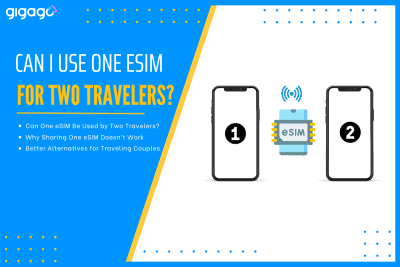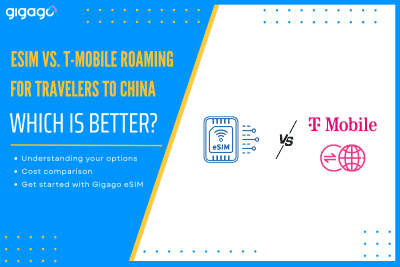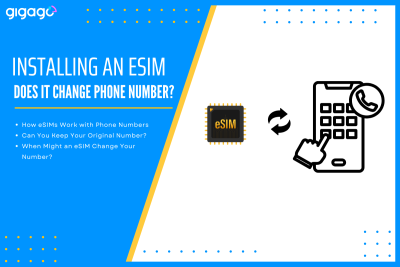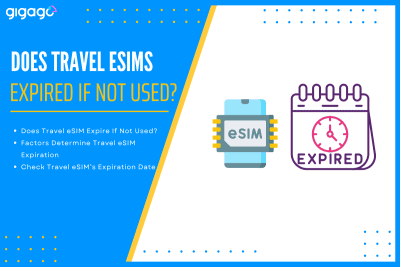When couples or friends travel together, it’s common to look for ways to save on mobile data. One question often comes up: “Can two travelers use the same eSIM?” The short answer is no – one eSIM cannot be used by two different travelers on two separate devices. However, there are practical alternatives that can […]
How to Fix the “Unfortunately, Your Device Does Not Support eSIM Technology” Error
The ‘Unfortunately, Your Device Does Not Support eSIM Technology’ error can be frustrating, but it’s often fixable. Understanding this error is crucial because it can appear for various reasons – from actual hardware limitations to simple software glitches. Many users see this message on newer devices that should support eSIM, making it particularly confusing. In this guide, we’ll explore what causes this error and provide clear steps to resolve it.
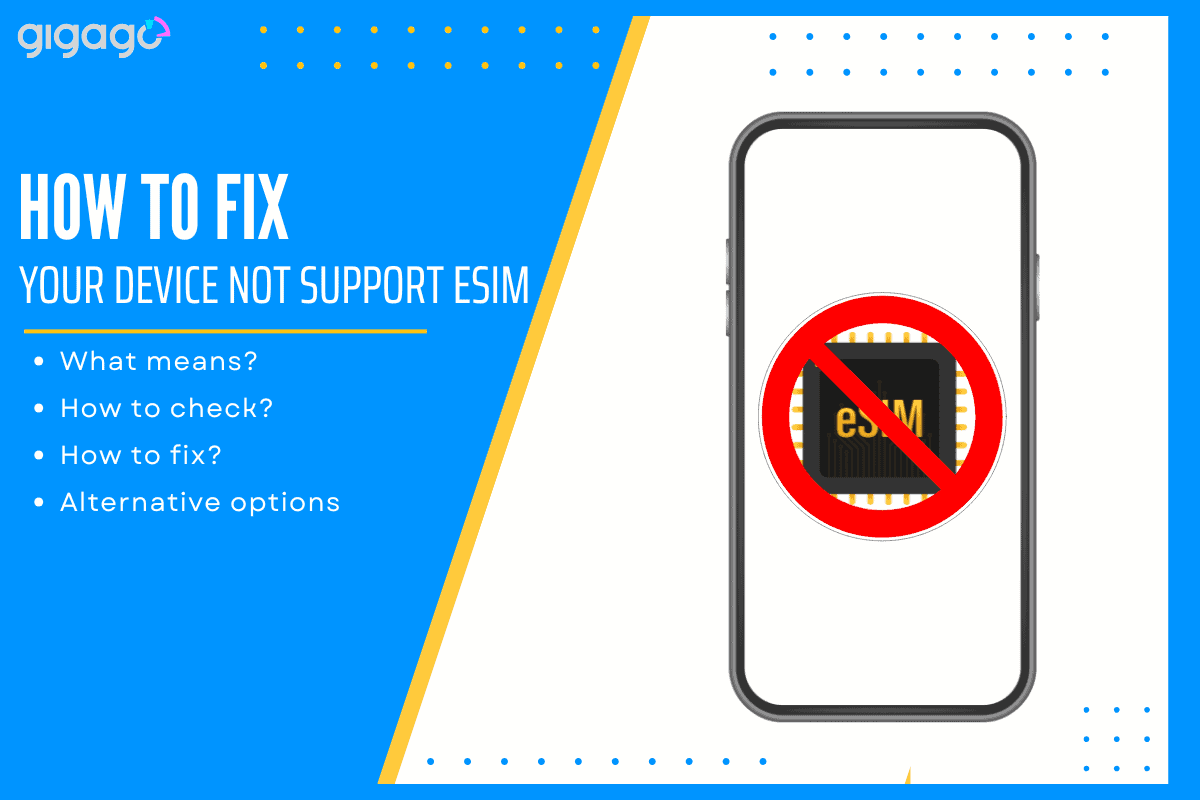
In this article
I. What Does the “Your Device Does Not Support eSIM Technology” Error Mean?
The “Device does not support eSIM” alert appears when your device cannot activate eSIM service. You’ll see this message during eSIM setup or when switching from a physical SIM card to a digital one.
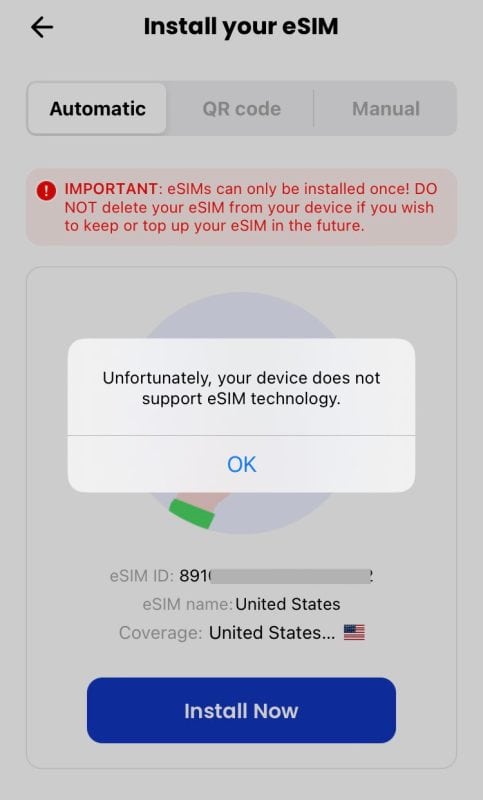
There are three main causes trigger this message:
Hardware Issues
The most basic cause is your device lacking an eSIM chip. This is common in older phones or budget models. Newer devices like iPhone 13+, Samsung S22+, and Google Pixel 6+ include built-in eSIM hardware, but may still show this error for other reasons.
Software Problems
Software issues often cause this error even in eSIM-capable devices. Outdated operating systems, incorrect carrier settings, or temporary system errors can block eSIM activation. Most software-related problems can be fixed with updates or carrier setting resets.
Regional Limitations
Your location affects eSIM service availability. Some carriers haven’t launched eSIM support in all regions. Even if your phone supports eSIM, local service providers might not offer this option yet.
Important tip: Before making changes, check your device model against your carrier's supported list. Many issues resolve with a simple software update or carrier settings refresh.
II. How to Check eSIM Support on Your Device
eSIM combines the functions of a physical SIM card into a digital format built into your device. Here’s how to verify if your device has this feature:
Device Compatibility
Modern iPhones (XS and newer), Samsung Galaxy (S20+), and Google Pixel (3+) include eSIM. Find your model in Settings > About or check the back of your device. Your manual or the manufacturer’s website lists full specifications.
Carrier Support
Major carriers like AT&T, T-Mobile, and Verizon support eSIM. Call your carrier or visit their website’s eSIM section to confirm availability in your area. Your plan type may affect eSIM access.
Quick Verification
- For iPhone: Go to Settings > Cellular > Add Cellular Plan. If you see this option, your device supports eSIM.
- For Android: Look for “Add mobile plan” or “Network & Internet” in Settings. The eSIM option appears if supported.
Remember: Both your device AND carrier must support eSIM for it to work.
III. How to Fix eSIM Support Issues
Many eSIM problems can be solved at home with simple steps. Here’s what you need to know:
1. Update Your Device Software
Old software is the most common cause of eSIM problems. New updates often fix eSIM issues.
- iPhone: Settings > General > Software Update
- Android: Settings > System > Software Update
Tip: Connect to WiFi before updating to save mobile data and speed up the process
2. Enable eSIM Features (If Supported)
Sometimes eSIM settings turn off after updates or by accident.
- iPhone: Settings > Cellular > Add Plan
- Android: Settings > Connections > SIM Manager
Tip: Restart your phone after changing these settings
3. Contact Manufacturer or Carrier Support
If updates don’t work, call your device maker for hardware or software problems. For activation issues, contact your carrier instead. Before calling, take screenshots of any error messages and write down your device model and software version.
IV. Alternatives If Your Device Truly Does Not Support eSIM
Many users face eSIM errors or compatibility issues with their phones. Understanding your options helps solve these problems quickly and easily. Here’s a clear guide to get your phone working:
1. Use a Physical SIM Card
Physical SIM cards work on all phones and offer the same service as eSIM. Visit your carrier’s store or order a SIM card online. They’ll help set it up and move your number.
2. Upgrade to an eSIM-Compatible Device
If you plan to upgrade soon, choose a phone with eSIM support with Gigago eSIM. New phones like iPhone 13 or later, Samsung S22 or later, and Google Pixel 6 or later all work with eSIM. This gives you:
- Easy switching between carriers
- Multiple phone lines on one device
- No plastic SIM card to lose
V. FAQs
Why does my carrier say my device supports eSIM, but I still get the error?
Even with carrier support, your device may show eSIM errors due to outdated iOS versions or regional restrictions. Update your device’s software first, then contact your carrier to verify your account settings and regional eSIM availability.
Can older phones be updated to support eSIM?
Yes. eSIM requires specific hardware components that cannot be added through software updates. Only devices manufactured with built-in eSIM capability can use this feature. Check your phone’s specifications or contact the manufacturer to confirm eSIM support.
How do I transfer my number to an eSIM?
First, contact your carrier for their specific transfer process – each carrier has different steps. Generally, you’ll receive a QR code or activation details, then go to Settings > Cellular > Add Cellular Plan on your device. Keep your physical SIM active until the transfer is complete.
